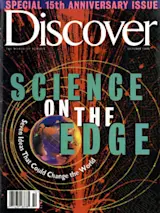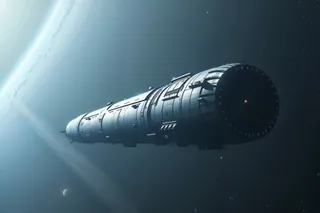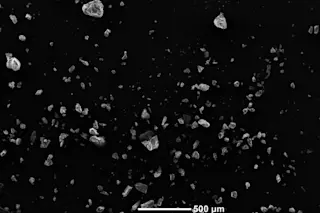For the better part of a decade, Gerald Smith has been chasing particles of antimatter and collecting them in magnetic bottles, where they whiz around like subatomic fireflies. Now the Penn State physicist thinks he is on the verge of making antihydrogen, the first antimatter atom. When he tells other physicists about his progress, or when he justifies his work to the people who provide the funding, he emphasizes how it will enable him to test one of the most fundamental tenets of particle physics--the idea that antimatter is a perfect mirror image of matter. Once he’s got antihydrogen atoms in hand, he explains, he will use a laser beam to stimulate them to emit light. If the theory is correct, antihydrogen should emit the same color light as ordinary hydrogen. If not, so much the better: Smith’s experimental data would be even more important then.
Yet despite the value ...














